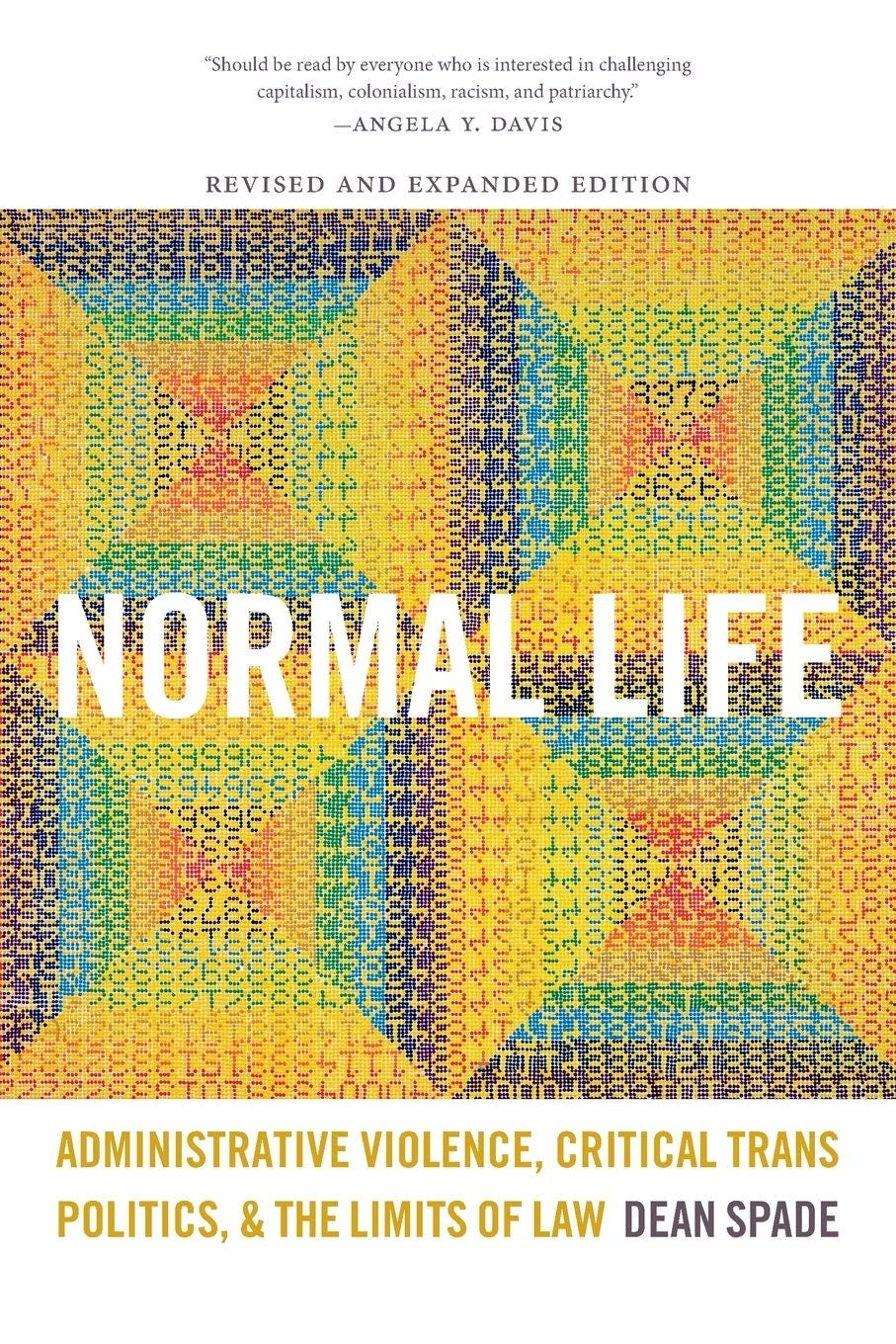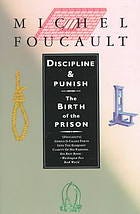Hi there! This is Clothing Inside–a newsletter focused on the ways that clothing is used within, by, and on account of prisons in the United States. Since you’ve made your way here, we wanted to thank you for giving our newsletter a chance, and giving your attention to the cause.
Introducing Reclaiming and Refashioning the Carceral Body
We figured it would be best to introduce ourselves. About two years ago, our curatorial team decided to create an exhibition focused on the way that clothing is utilized within U.S. prisons: Reclaiming and Refashioning the Carceral Body. While this show is planned for September of 2022 in the Aronson Gallery, this concept initially sprung up following an MA Fashion Studies class at Parsons, the New School, when Jonathan Alvarez and Tzuni Lopez were having a conversation about research that Jonathan conducted while completing his undergraduate degree through the Bard Prison Initiative. In this ethnographic study, Jonathan had interviewed a number of individuals incarcerated in a New York State (NYS) prison in an effort to consolidate a sense of their experiences with clothing while inside. While his writing described the dress requirements imposed by the state he—more importantly—was able to convey the many ways incarcerated men utilized dress while inside to retain their sense of identity. The pair decided that this particular body of work needed not only to be read by others—but also seen. And so, it became the backbone of our exhibition. Once our curatorial team found its final member, Rashida Ricketts, who brought with her a wealth of research on the experiences that incarcerated women have with clothing and cosmetic products while inside, we were able to imagine a show of unlimited possibilities.
Every object that we will include in our show will share two grounding qualities: they will each relate back to fashioning the body, and they will all engage with the logic of the prison. While the realities of prison may feel far-removed from the general public, clothing is an everyday material that is universally felt, seen, and/or experienced. By focusing on clothing in our exhibition, we will be able to translate the concealed experience of incarceration into something physically relatable. We will hone in on the material aspects of incarceration and highlight how the prison regime at present utilizes oppressive dress requirements that harm incarcerated people. We will not, however, offer small reform measures for this dimension of the carceral experience, as we know that reformist solutions have historically expanded and magnified the power of prisons.1 Our work, instead, will be oriented toward an abolitionist agenda: Reclaiming and Refashioning the Carceral Body demonstrates that our carceral system does not and cannot create the safer world it promises. The form and function of the prison is destined to magnify harm in mass proportions, and this harm can be witnessed and understood through the way that incarcerated people are restricted from living in the second skin of their clothing.
We say mass proportions because mass incarceration is just that—a system with immense implications. Almost 1.8 million people are currently incarcerated in prisons and jails in the US (Vera Institute), though it is unclear whether this statistic includes the populations in military prisons, youth detentions, or psychiatric facilities. The “land of the free” maintains the largest population of incarcerated people globally.


There are a few elements that may be driving this incarceration rate so high, but crime rates certainly aren’t responsible since government statistics indicate they have steadily decreased since 1994 (The Brennan Center for Justice). More likely is the monetary benefit provided by prisons: in 2012, federal, local, and state governments reportedly spent $80.7 billion funding public prisons, and another $3.9 billion funding private facilities (Prison Policy). An estimated 4,100 corporations are directly profiting from this sector (AP News, Worth Rise), and an estimated 405,870 correctional officers and jailers are employed nationally (U.S. Bureau of Labor Statistics), though that’s not accounting for other prison employment which is oftentimes performed by incarcerated people who earn, on average, $0.86 daily (Prison Policy). Meanwhile, incarcerated individuals are expected to purchase commissary products and telephone calls—a $1.6 billion business and a $1.3 billion business respectively (Prison Policy). This entanglement of prisons and capital is why the U.S. prison system is referred to as “the prison industrial complex,”2 and while clothing/cosmetics are only a piece of the PIC, they have always been a part of this profit oriented machine. However, if we invested back into supportive services, counties in New York alone could save about $10,000 per person by reducing the number of days spent/nights spent in jail (Vera Institute). Additionally, if they were to keep their incarceration rates as low as they were in June 2020—a decline which resulted because of the pandemic—and reduce their spending on staffing accordingly, they could save up to $638 million annually (Vera Institute). Many of us would agree that we would like to see a decrease in incarceration rates, especially now in the wake of this pandemic. As of June 2021 there have been 398,627 COVID cases reported nationwide among those incarcerated—2,715 of which have ended in death (The Marshall Project).
The good news is, there are already plenty of people who remain on the ground, fighting the prison industrial complex, and stepping in where the system fails to provide for its people . Here at Clothing Inside, we specifically intend to shine a light on the ways that people are using clothing inside and outside the walls of the prison to advocate against the carceral system, and to advocate for themselves. We also will focus on the needs of those trapped in the labyrinth of the prison industrial complex, and highlight the pathways that exist that allow an escape from the cycle of incarceration. Our work has brought us in touch with many resistance groups, which we intend to spotlight in our exhibition so that audiences have a means of getting involved.
Introducing Clothing Inside
So, where does this newsletter, Clothing Inside, come in? As we have been accumulating objects, research, and voices for Reclaiming and Refashioning the Carceral Body, we’ve run into one major problem: funding. Our research has brought us to an ever-expanding network of individuals whose work needs to be shared, and we need funds to adequately compensate them for their engagements. While this newsletter will be written by our primary curatorial team for now, we hope that some extra funding will ultimately allow us to commission writers who have been directly impacted by incarceration. This newsletter will remain free to access, but we will launch a fundraiser next month that will go toward paying formerly incarcerated writers, event speakers, and exhibition contributors.
With the research that we have completed, we have accumulated more information than we could ever showcase in a singular exhibition. As we feel this compendium of knowledge should be accessible to all, we figured a newsletter would be a worthwhile means of distribution. Each edition of this newsletter will cover a different topic related to the broader umbrella of identity and U.S. prisons, as we will be looking at the ways that carceral clothing practices engage with broader systems of power and oppression within the United States. We will also continually refer to other writers, thinkers, and activists, and will link to their work in a clearly defined way at the end of each newsletter so that readers can diversify their engagement with the cause. We hope that you’ll stick around and learn with us about Clothing Inside, and the material dimensions of incarceration.
Please click that subscribe button so you can join us next month as we utilize the Orange Prison Jumpsuit to think about representations of prisons in the popular imagination, and the extent to which this representation conveys the reality faced by incarcerated people in the United States.
x
The Curatorial Team
Have questions or recommendations for the team at Clothing Inside? Contact us at clothinginside@substack.com
Angela Davis’s Are Prisons Obsolete? focuses on the project of prison abolition by referring to the systematized manners in which prisons have been imbued with racism and sexism, and stresses that these moral impasses are unable to be reformed. Within this work, she states: “As important as some reforms may be … frameworks that rely exclusively on reforms help to produce the stultifying idea that nothing lies beyond the prison” (Davis 20).
Dean Spade’s Normal Life: Administrative Violence, Critical Trans Politics and the Limits of Law critiques the cultural presumption that legal interventions—particularly as they apply to nondiscrimination and equal protection under the law—should be the primary objective of LGBTQ+ activists. While much of this book is dedicated to this particular critique, and to expressing alternative resistance strategies, he also consistently centers abolitionist priorities throughout the work. In regards to prison reform, he states: “Prison reform efforts aimed at reducing a variety of harms, such as gender and sexual violence, medical neglect and abuse, and overcrowding, to name but a few, have often been made by well-meaning people who wanted to address the horrors of prison life. But these reform efforts have been incorporated into the project of prison expansion, mobilized as rationales for building and filling more and more prisons” (Spade 48).
Michel Foucault’s Discipline and Punish: The Birth of the Prison traces the lineage of the contemporary prison by referring to former systems of punishment, and articulating its entanglement with other institutions of discipline. In this text, Foucault notes that “‘reform,’ in the strict sense, as it was formulated in the theories of law or as it was outlined in the various projects, was the political or philosophical resumption of this strategy, with its primary objectives: to make of the punishment and repression of illegalities a regular function, coextensive with society; not to punish less, but to punish better; to punish with an attenuated severity perhaps, but in order to punish with more universality and necessity; to insert the power to punish more deeply into the social body” (Foucault 82).
From Angela Davis’s Are Prisons Obsolete?: “Because of the extent to which prison building and operation began to attract vast amounts of capital—from the construction industry to food and health care provisions—in a way that recalled the emergence of the military industrial complex, we began to refer to a ‘prison industrial complex’” (Davis 12).








